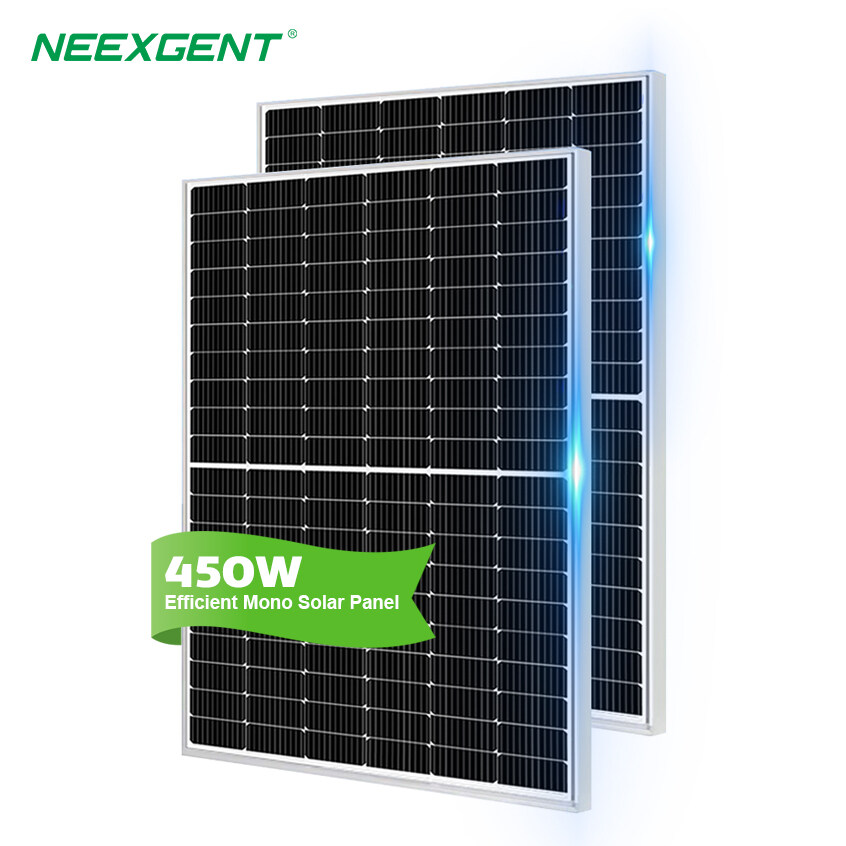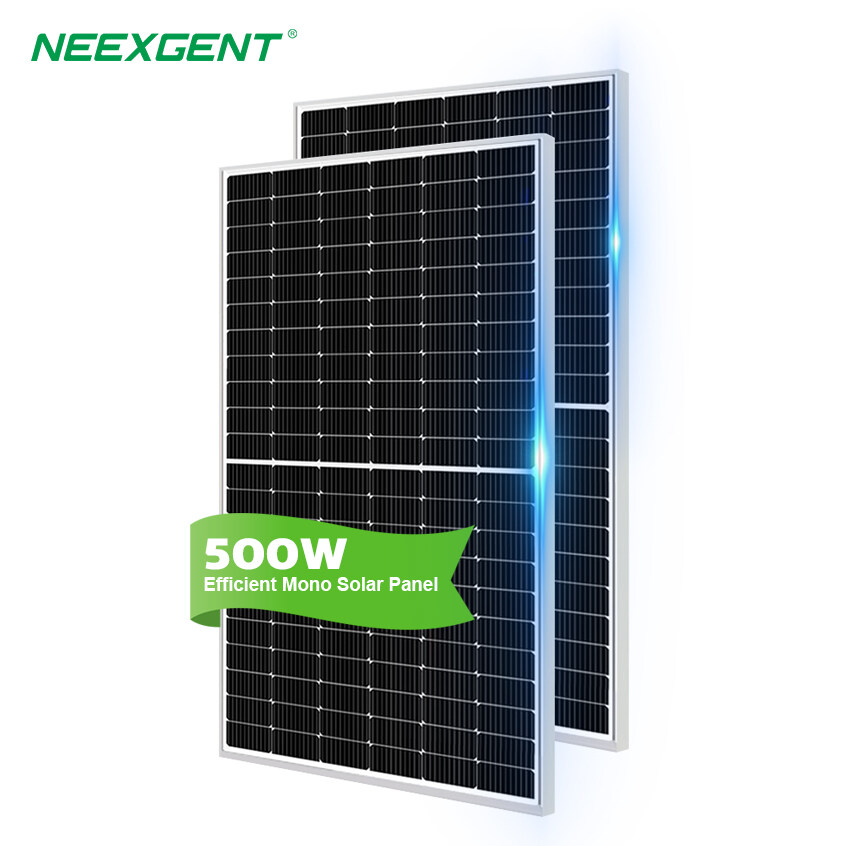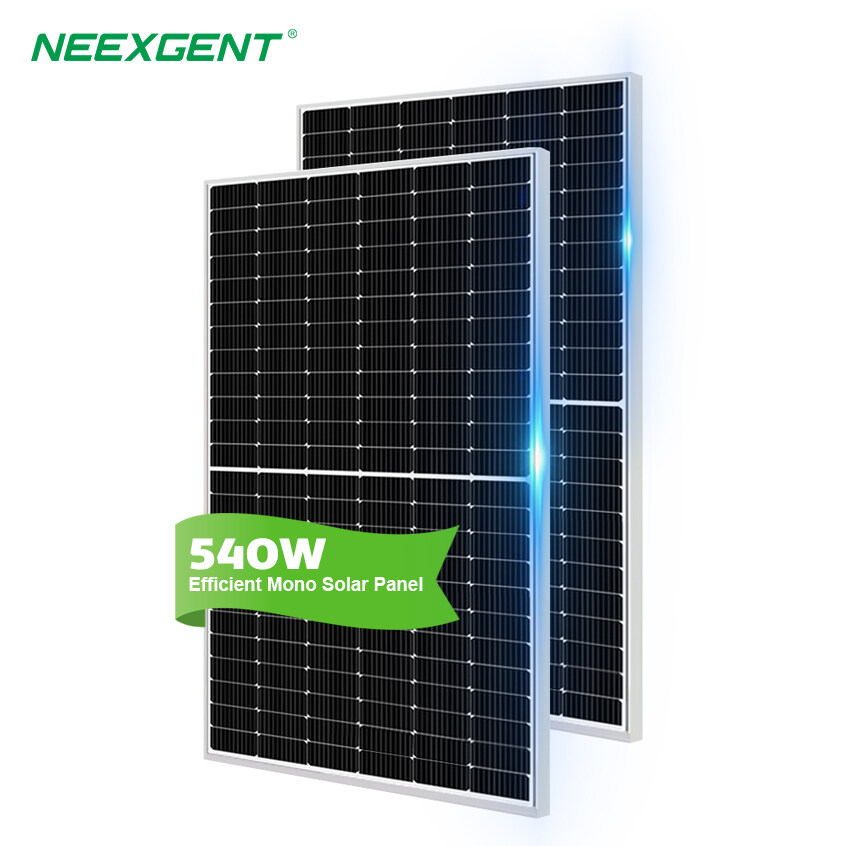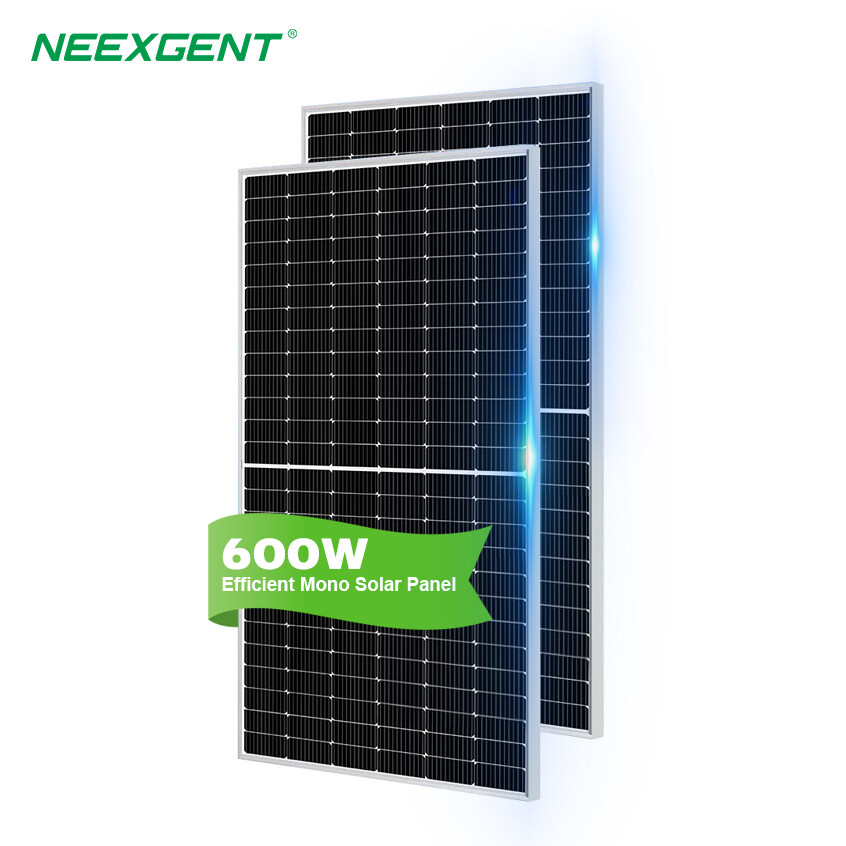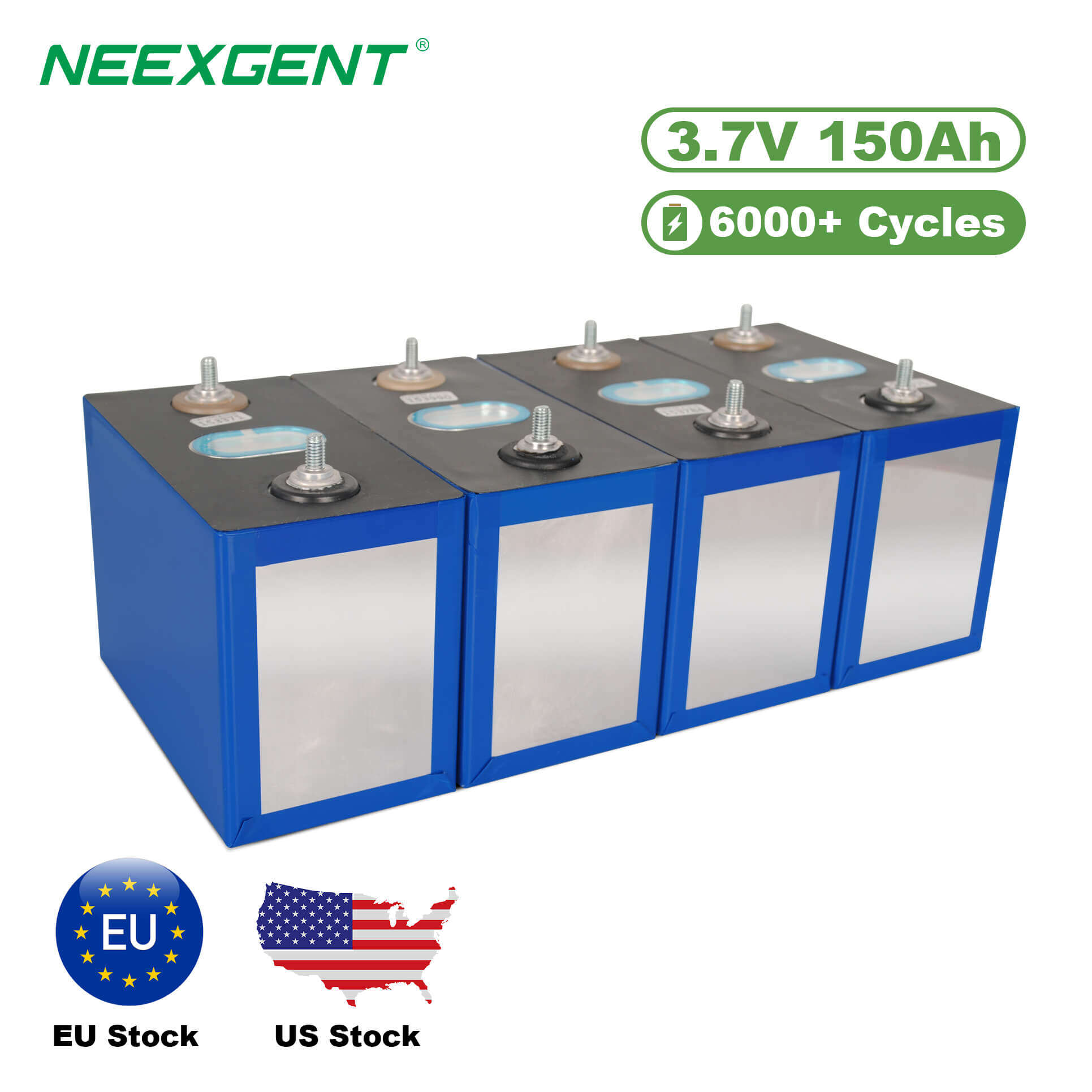When considering a solar panel for home, RV, or portable power applications, one popular choice is the 200 watt solar panel. It offers a balanced combination of power output and manageable size. However, one often overlooked technical detail is the number of cells within the panel. Understanding the cell count is crucial because it directly impacts voltage, efficiency, size, and compatibility with charge controllers or inverters.
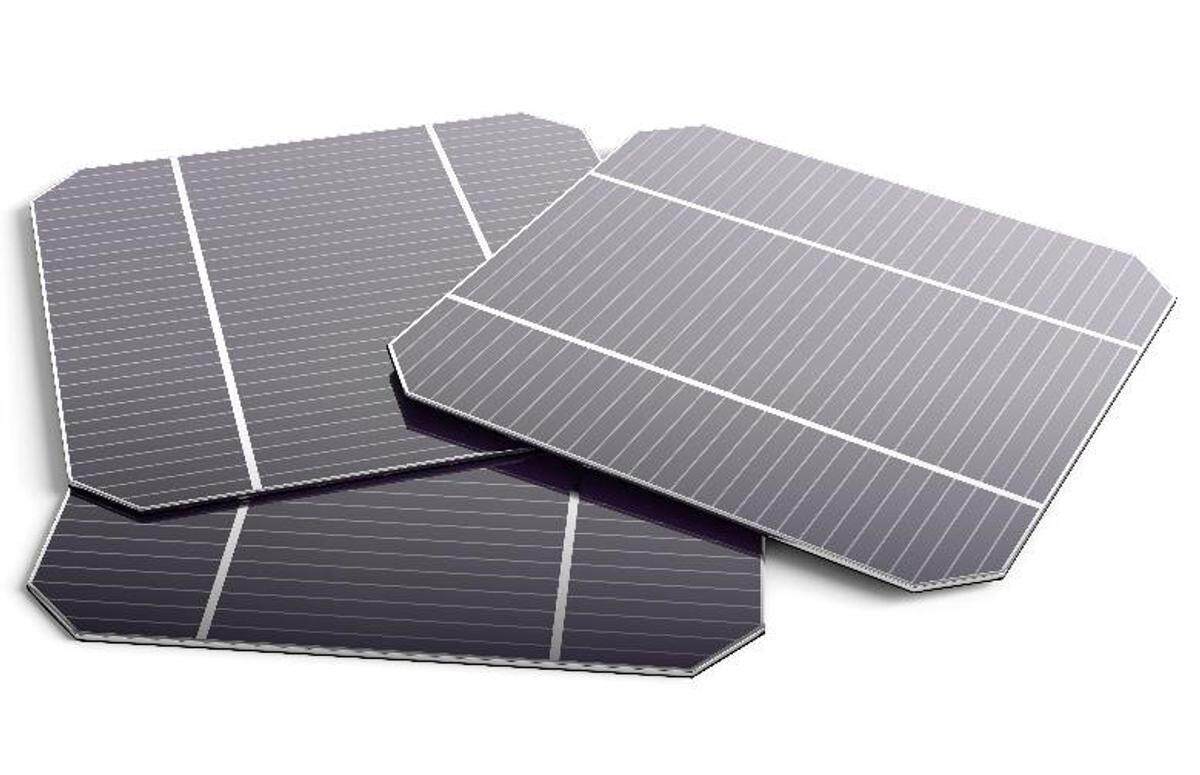
What Is a Solar Panel Cell?
A solar cell, or photovoltaic (PV) cell, is the fundamental building block of a solar panel. Each cell converts sunlight into electricity. Typically, solar panels are made up of 36, 60, 72, or 144 half-cut cells, wired together to form the desired voltage and current output.
The number of cells determines the panel’s voltage rating (Vmp), open-circuit voltage (Voc), and physical dimensions. More cells generally result in higher voltage and a larger panel.
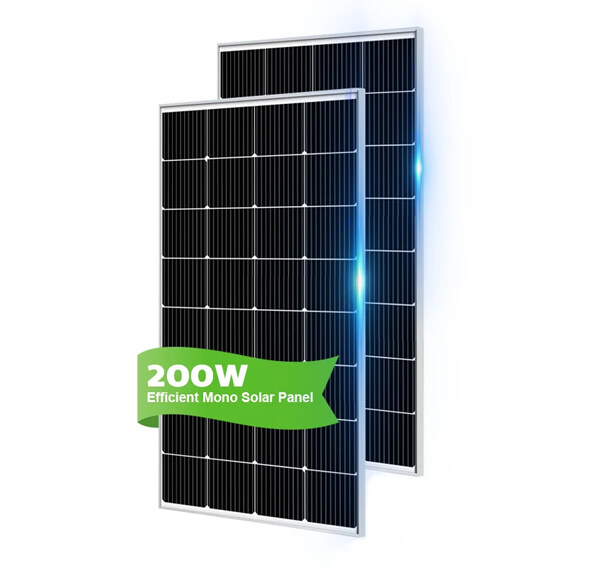
Common Cell Configurations in 200W Solar Panels
When it comes to 200 watt solar panels, manufacturers use various cell configurations. Here are the most common types:
| Configuration Type |
Number of Cells |
Cell Type |
Typical Voltage (Vmp) |
Panel Dimensions (approx.) |
| Traditional |
36 cells |
Monocrystalline |
~18V |
1470 x 670 mm |
| Compact |
60 cells |
Poly or Mono |
~30V |
1650 x 990 mm |
| Half-cut |
120 half-cells |
Monocrystalline |
~20V |
1500 x 700 mm |
| Portable Folding |
36 or 40 cells |
High-efficiency mono |
~18–22V |
Varies |
Note: The exact number of cells depends on whether the panel uses full-size or half-cut technology. Half-cut cells increase efficiency and reduce resistive losses.
Why the Cell Count Matters for a 200W Panel
Understanding the cell count is not just a technicality—it’s essential for system design and compatibility. Here's why:
1. Voltage Matching
The number of cells defines the panel's operating voltage. For example:
-
A 36-cell panel typically has a Vmp of ~18V, perfect for 12V battery systems.
-
A 60-cell panel has a Vmp of ~30V, suited for MPPT controllers and higher voltage systems.
Using the wrong voltage panel for your system could lead to inefficient charging or even damage.
2. Efficiency and Temperature Coefficients
More cells (especially in half-cut formats) tend to operate cooler and more efficiently in high-temperature environments. Panels with 120 half-cells offer better shade tolerance and reduced power loss.
3. Panel Size and Installation
Panels with more cells are generally larger and heavier. A 36-cell 200W panel may be ideal for mobile setups like RVs or boats, while a 60-cell panel is more common in stationary installations.
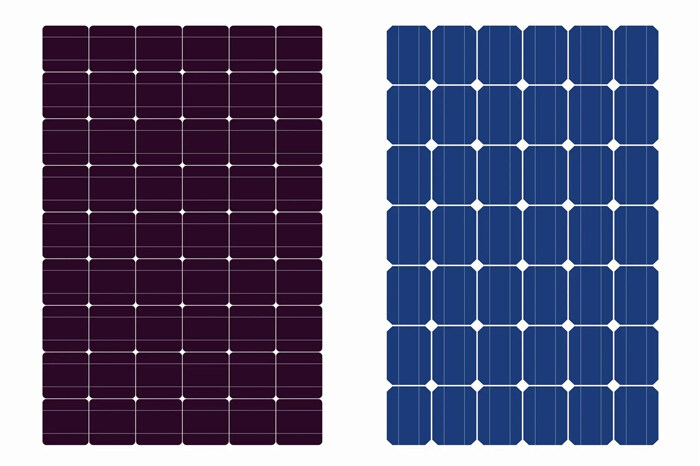
Monocrystalline vs. Polycrystalline in 200W Panels
Most 200W solar panels fall into two categories:
| Feature |
Monocrystalline |
Polycrystalline |
| Efficiency |
Higher (18–22%) |
Moderate (15–18%) |
| Cell Appearance |
Black or dark blue, uniform |
Bluish with crystal patterns |
| Number of Cells |
36, 60, or 120 half-cells |
60 or 72 full cells |
| Space Efficiency |
Better for small rooftops or RVs |
Requires more space for same output |
| Temperature Tolerance |
Slightly better |
Slightly lower |

Application Scenarios for 200W Solar Panels
Depending on the number of cells, the 200W panel can be suited for different applications:
36-Cell Panels (12V Systems)
60-Cell Panels (24V or MPPT Systems)
120 Half-Cell Panels
-
High-efficiency solar kits
-
Extreme weather conditions
-
Commercial setups requiring low shading loss
How to Identify the Cell Count
To verify the number of cells in a 200W panel:
Read the Spec Sheet: Look for keywords like “36-cell”, “60-cell”, or “half-cut”.
Count the Cells: Physically count rows and columns on the panel.
Check the Voltage Rating:
- Vmp ~18V = 36 cells
- Vmp ~30V = 60 cells
- Vmp ~20V with half-cut = 120 cells
Tip: Always ensure the panel voltage matches your charge controller's operating range.
Pros and Cons of 200 Watt Panels
Advantages:
-
Lightweight and portable
-
Suitable for both 12V and 24V systems
-
Easy to install and maintain
-
Affordable compared to larger panels
Limitations:
-
Limited power output for large systems
-
Voltage compatibility must be checked
-
Varies in size based on cell count
Conclusion
The “200 watt solar panel number of cells” is more than just a specification—it’s a defining factor that determines voltage, compatibility, efficiency, and installation size. Whether you're powering an off-grid cabin, an RV fridge, or topping up a battery bank, understanding the cell configuration is essential for making the right choice.
Next time you compare 200W solar panels, look beyond wattage. Check the cell count, voltage rating, and panel dimensions to ensure it aligns with your system goals. With the right setup, a 200W panel can deliver reliable and efficient solar power for years to come.

